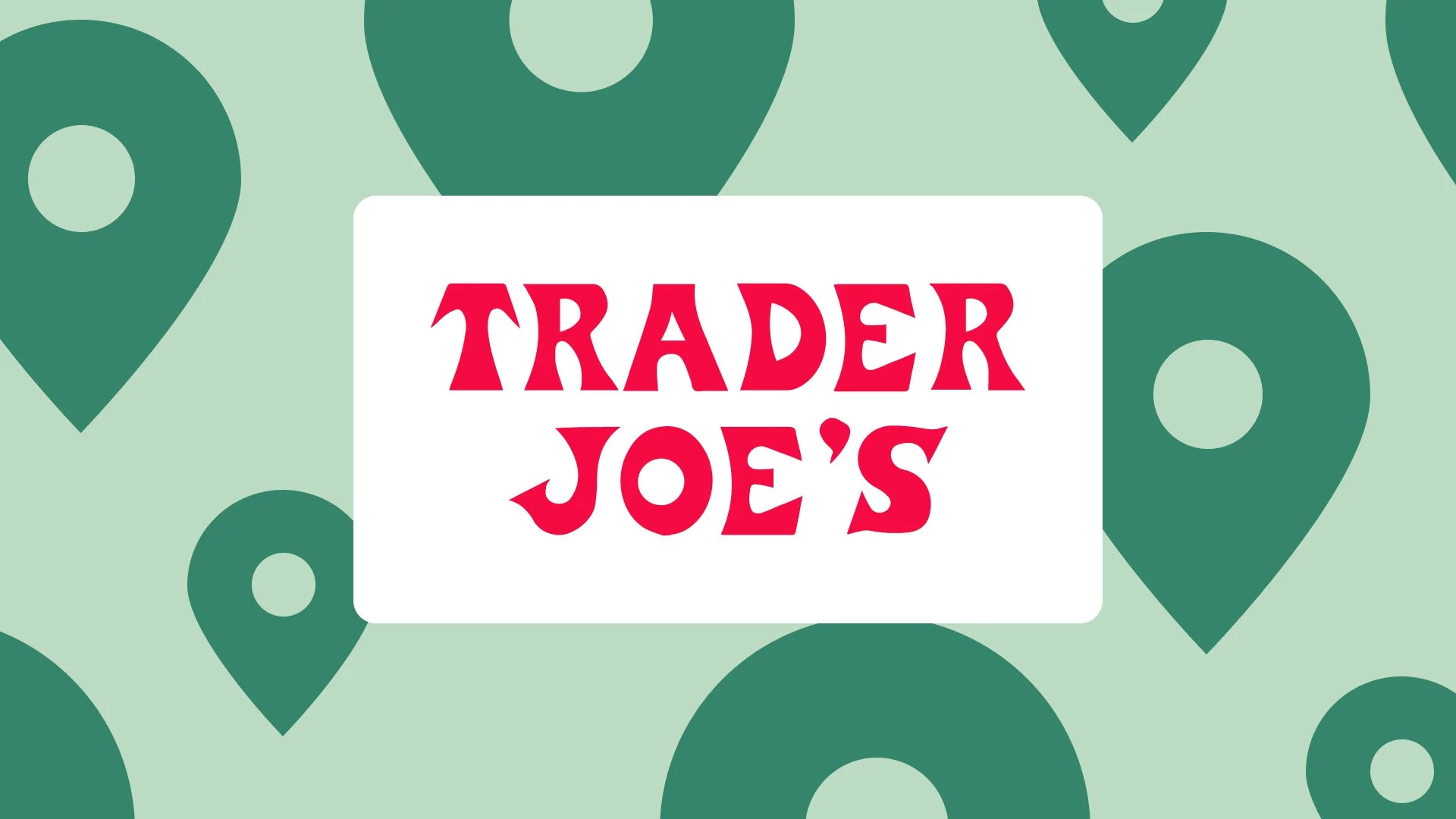Segmentation Strategies for Wine Clubs: One List Doesn’t Fit All
Every member of your club is not exactly the same. So why are you treating them that way?
The typical winery sends identical emails to every member of their club, from the first-time joiner who discovered you last weekend to the loyal patron who's been with you for a decade. The result? Generic messaging that resonates with no one.
Segmentation, the practice of dividing your audience into meaningful groups based on shared characteristics, isn't just marketing jargon. For wineries, it's the difference between treating members like transaction numbers versus building relationships that keep them enrolled for years.
In this guide, we'll explore practical segmentation strategies that don't require a data science degree—just your existing CRM tools and a willingness to see your members as individuals rather than a homogenous list.
The Problem with "One-Size-Fits-All" Wine Club Communications
The allure of the single-list approach is obvious: it's fast, it's simple, and it requires minimal planning. Draft one email, hit send, and move on to the hundred other tasks competing for your attention.
But this efficiency comes at a steep cost:
When you send the casual wine drinker the same in-depth winemaking content as your oenophile members, you're not speaking anyone's language.
When you alert all members to an event in Napa when half live across the country, you're training them to ignore your messages.
When you promote your Pinot Noir release to members who exclusively order your Chardonnay, you're missing an opportunity to speak to their actual preferences.
The data on segmentation is unambiguous:
Segmented email campaigns generate 30-50% higher open rates than non-segmented campaigns
Personalized emails deliver 6x higher transaction rates
77% of ROI comes from segmented, targeted, and triggered campaigns
Every email that fails to connect is more than a missed sales opportunity—it's actively training members to ignore your communications.
Beyond Basic Segmentation: Strategic Dividing Lines for Wine Clubs
Most wineries understand basic demographic segmentation (age, gender, location). But truly effective wine club segmentation goes deeper into behavioral and preference-based divisions:
1. Tenure-Based Segmentation: The Membership Lifecycle
A first-year member has fundamentally different needs than a five-year veteran. Segment by:
New Members (0-6 months): Focus on education, onboarding, and reinforcement of their decision to join
Established Members (7-24 months): This is your highest churn risk period, emphasize exclusive benefits and community
Veteran Members (25+ months): These are your potential advocates—offer referral incentives and VIP treatment
A kitchen appliance company discovered that sending different welcome series emails based solely on membership tenure increased their first-year retention by 23%. The same principle applies to your wine club.
2. Purchase Behavior Segmentation: Beyond Club Shipments
Your members' non-club purchases tell you more about their preferences than anything else:
Club-Only Members: Never purchase beyond obligatory shipments
Club-Plus Buyers: Make additional purchases 1-3 times annually
High-Frequency Purchasers: Buy 4+ times per year outside club shipments
Each group requires different incentives. Club-Only members need compelling reasons to explore beyond their shipments. High-Frequency Purchasers should receive early access to limited releases and higher-tier treatment.
3. Preference-Based Segmentation: Speaking Their Wine Language
This is perhaps the most powerful segmentation approach, yet most wineries leave it untapped:
Varietal Preferences: Track purchases to identify Cabernet loyalists versus Chardonnay enthusiasts
Price Sensitivity: Some members consistently select your premium offerings while others stick to entry-level wines
Style Preferences: Bold and tannic versus light and fruit-forward
When REI segments their communications based on activity preferences (hiking vs. cycling vs. camping), they see a 40% increase in click-through rates. For wineries, the equivalent is tailoring messages based on wine preferences.
4. Engagement-Based Segmentation: The Digital Behavior Divide
Not all opens and clicks are created equal:
Highly Engaged: Opens 75%+ of emails, regularly clicks
Moderately Engaged: Opens 30-75% of emails, occasional clicks
Disengaged: Opens fewer than 30% of emails, rarely clicks
Your approach should vary dramatically across these segments. Highly engaged members can receive more frequent communications with deeper content. Disengaged members need re-engagement campaigns with high-value, low-commitment offers.
What Trader Joe's Understands About Segmentation That Most Wineries Don't
Grocery chain Trader Joe's famously adjusts product assortment by neighborhood rather than applying a one-size-fits-all approach across all stores. Their Chicago stores stock different items than their Santa Monica locations, based on purchase data and local preferences.
The parallel for wineries is clear: The club shipments and offers that resonate in Texas might fall flat in New York. The content that engages a new member won't necessarily interest a veteran collector.
Like Trader Joe's, the most successful wine clubs are creating personalized experiences based on member data rather than generic programs that ignore individual differences.
Implementing Wine Club Segmentation (Without Hiring a Data Scientist)
Modern CRM systems make segmentation accessible to wineries of all sizes:
Commerce7:
Custom Tags: Create tags for preferences and behaviors
Customer Segments: Build dynamic lists based on purchase patterns
API Integrations: Connect to email platforms for automated segmentation
WineDirect:
Smart Lists: Filter contacts based on over 30 different criteria
Custom Fields: Track preference data through tasting room interactions
Automations: Trigger different messages based on segment membership
Klaviyo:
List Segmentation: Create dynamic segments based on behavior
Flow Branches: Send different sequences based on engagement
Predictive Analytics: Automatically identify at-risk members
The key is determining which data points matter most for your business, then systematically capturing and leveraging them.
Learn more about choosing the right CRM platform for your winery's needs
Five Segmented Campaign Examples That Drive Results
Campaign 1: The 90-Day New Member Nurture
For members who joined in the last three months, create a specialized onboarding sequence:
Email 1: Welcome + introduction to club benefits
Email 2: "Meet your winemaker" content
Email 3: How to get the most from your membership
Email 4: Early access to member-only events
Campaign 2: The Red Wine Enthusiast Offer
For members who've purchased 75%+ red wines:
Limited-access vertical tasting of your flagship red
Special pricing on library red wines
Advance notice on limited-production red releases
Red wine-focused food pairing content
Campaign 3: The Local Member Experience
For members within driving distance:
Last-minute openings for winery events
Pickup party invitations
Casual "stop by" opportunities with the winemaker
Local wine dinners and partner restaurant promotions
Campaign 4: The Re-Engagement Campaign
For previously active members who haven't engaged in 90+ days:
"We miss you" message with personalized recommendation
Survey to better understand their preferences
Special offer based on previous purchase history
Exclusive access to limited availability wine
Campaign 5: The High-Value Member Recognition
For your top 10% of spenders:
Early access to limited releases before other club members
Complimentary reserve tastings when they visit
Personal call from your hospitality manager
Special acknowledgment with anniversary shipments
Discover how to implement these campaigns using our email marketing roadmap.
Common Segmentation Pitfalls (And How to Avoid Them)
Pitfall 1: Over-Segmentation
When segments become too narrow, you're creating excessive work without meaningful differentiation. Start with 3-5 major segments before creating more nuanced divisions.
Pitfall 2: Static Segments
Member behavior and preferences evolve. Ensure your segments update automatically based on recent activity rather than remaining fixed.
Pitfall 3: Data Silos
When your POS system, wine club software, and email platform don't communicate, segmentation breaks down. Prioritize integration between your critical systems.
Pitfall 4: Segment Without Purpose
Each segment should have a clear, differentiated communication strategy. If you're sending the same content to different segments, you're missing the point.
Pitfall 5: Ignoring Results
Different segments will respond differently to your communications. Track performance by segment and continually refine your approach based on data.
Truths About Wine Club Segmentation
The uncomfortable reality is that most wineries know segmentation works, but resist implementing it because it seems complex or time-consuming. They continue sending the same content to everyone, wondering why engagement rates remain low and attrition rates stay high.
The wineries seeing the strongest club performance have moved beyond this mindset. They understand that an hour spent defining strategic segments will save dozens of hours in reduced churn and member service issues later.
The question isn't whether you have time to implement segmentation. It's whether you can afford not to in an increasingly competitive direct-to-consumer landscape. The wineries that invest in strategic segmentation today will build stronger, more profitable clubs tomorrow. The only question is whether you'll be one of them.



